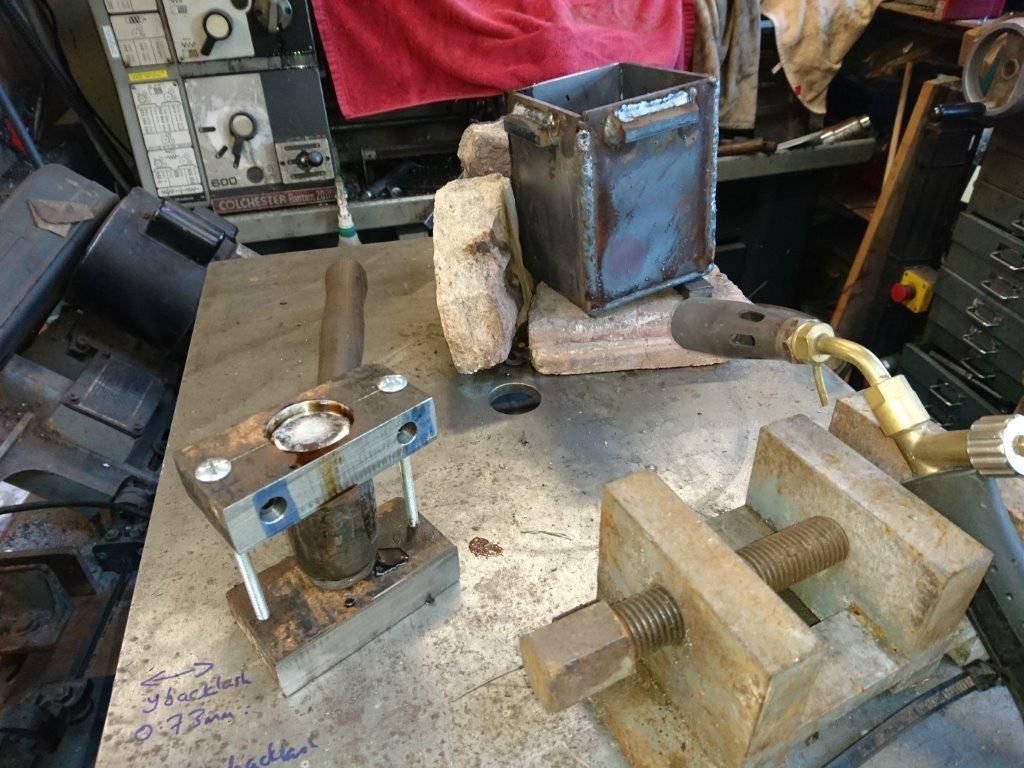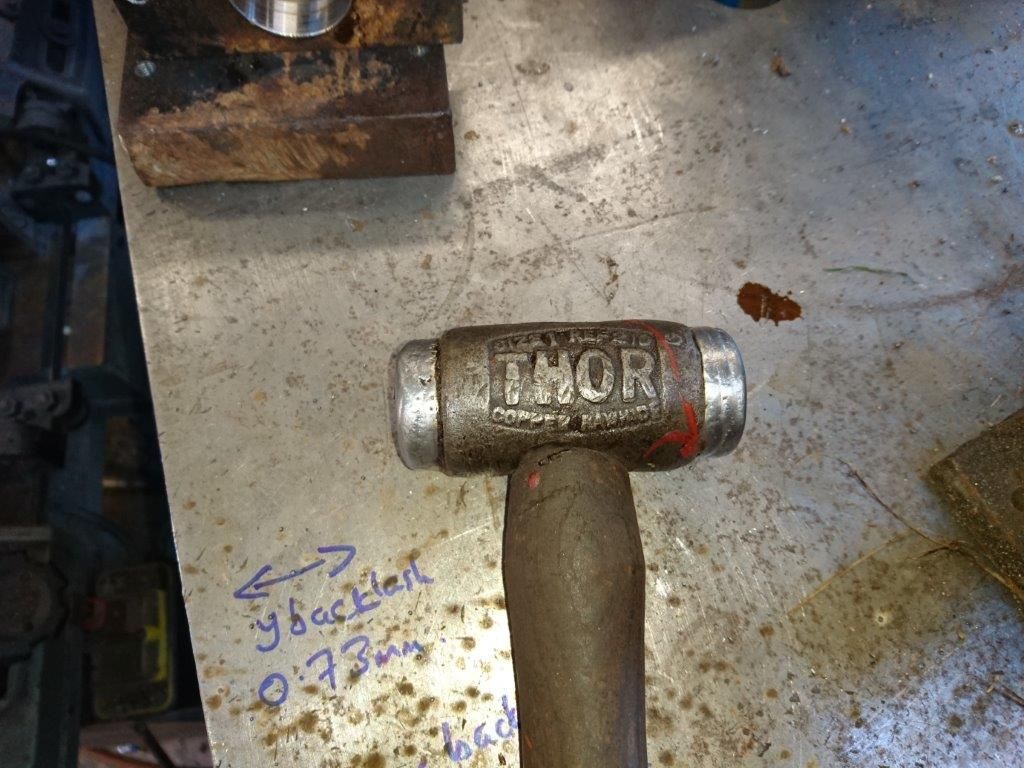Casting copper hammer heads ?
Casting copper hammer heads ?
- This topic has 20 replies, 13 voices, and was last updated 1 July 2022 at 10:50 by
 Michael Gilligan.
Michael Gilligan.
Viewing 21 posts - 1 through 21 (of 21 total)
Viewing 21 posts - 1 through 21 (of 21 total)
- Please log in to reply to this topic. Registering is free and easy using the links on the menu at the top of this page.
Latest Replies
Viewing 25 topics - 1 through 25 (of 25 total)
-
- Topic
- Voices
- Last Post
Viewing 25 topics - 1 through 25 (of 25 total)
Latest Issue
Newsletter Sign-up
Latest Replies







